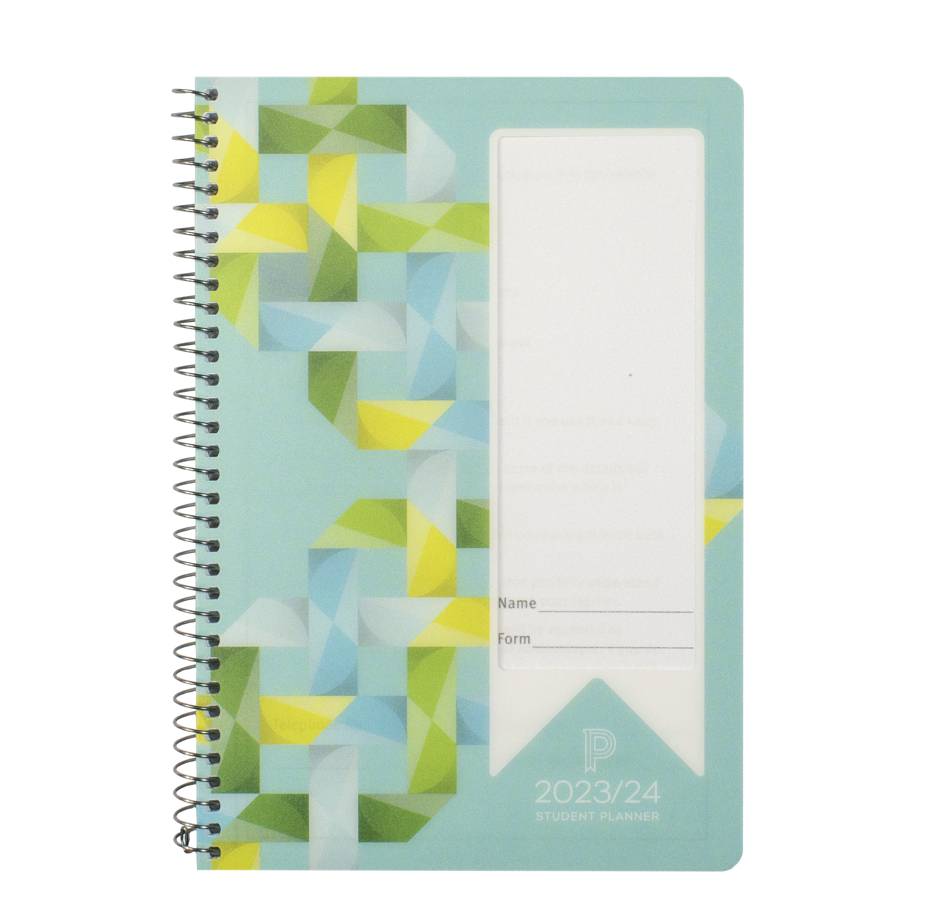Amidst the proliferation of digital innovations, Penstripe‘s recent findings uncover a fascinating trend: teachers across the nation still hold steadfast to the beloved physical teacher planner.
As a beacon of organization and reliability, these tangible planners—ranging from elegantly minimalistic notepads to comprehensive lesson plan templates—empower educators to conquer the chaos of their busy schedules, ensuring no task goes unnoticed in the pursuit of educational excellence.
In the face of these advancements, physical teacher planners continue to play an essential role in the digital age thanks to their numerous benefits.
Tangible organisation is one of the primary advantages of physical teacher planners. Their ease of use and quick access to information allow teachers to flip through pages and jot down notes without needing to navigate through various digital apps and interfaces. Physical planners can reduce screen time, minimise distractions, and enhance focus and concentration during the planning process.
Another benefit of physical planners is the opportunity for creativity and personalisation. Teachers can customise their planners, choosing the layout, design, and organisational structure that best suits their needs. This sense of ownership can make the planning process more enjoyable and fulfilling. You can either do this by purchasing a bespoke teacher planner, or by customising it after you purchase it—or both.
Physical teacher planners also offer reliability that digital solutions can’t always provide. With no dependence on technology or internet access, physical planners can be used anywhere, anytime. Additionally, they offer longevity and durability, with planners designed to last an academic year or longer.
The Science Behind Using Physical Planners
Research has shown that handwriting offers cognitive benefits that typing on a digital device doesn’t. Writing by hand improves memory retention and helps teachers better understand and internalise the material they’re planning. Moreover, the psychological benefits of physical planning can’t be overlooked. Engaging with a tangible planner can reduce stress, increase satisfaction, and boost motivation.
Beyond that, it really depends on what you prefer. You may prefer digital or you may prefer physical. For many people, it depends on what they were raised using, which makes physical planning the preferred option of many current teachers.
The Role of Physical Planners in a Digital World
While physical planners have numerous benefits on their own, they can also complement digital tools effectively. Many educators adopt a hybrid approach to planning, integrating both physical and digital methods to support diverse learning environments and cater to individual needs.
Physical planners also accommodate various teaching styles, giving educators the autonomy to choose the method that works best for them. By offering a range of options, we can support teacher autonomy and foster a more collaborative, inclusive educational environment.
Finally, physical planners help bridge the generational gap between educators. As some teachers may still prefer traditional planning methods, providing a choice between physical and digital tools encourages collaboration and understanding among educators of different backgrounds and experience levels.
So, physical teacher planners continue to hold an essential place in the world of education in 2023. Their tangible nature, creative potential, and cognitive benefits make them an invaluable tool for educators navigating an increasingly digital landscape. While digital solutions have their place, it’s crucial to recognise the continued relevance of physical planners and encourage educators to choose the tools that best suit their needs and preferences.
For more information on physical, customisable teacher planners, contact Penstripe at:
Olaf Surtees / info@penstripe.co.uk / 0113 231 0995






